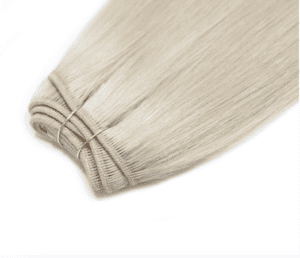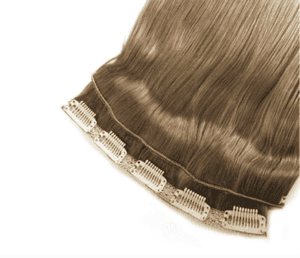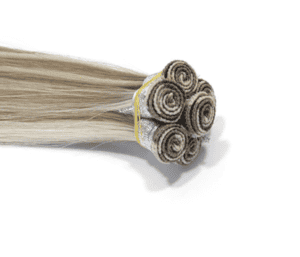As a salon owner, offering hair extension services can be a lucrative addition to your business. However, choosing the right hair extension texture for your clients is crucial to ensure satisfaction and natural-looking results. In this analytical guide, we will discuss the factors to consider when selecting hair extension textures, as well as provide an overview of the most common textures available in the market.
1. Understanding the Client’s Hair Type and Texture
- The first step in choosing the right hair extension texture is to analyze your client’s natural hair. Consider the following factors:
- Hair type: Determine the client’s hair type, such as straight, wavy, curly, or coily. This will help you select a hair extension texture that seamlessly blends with their natural hair.
- Hair texture: Assess the thickness or fineness of the client’s hair strands. Matching the hair extension texture to the client’s hair texture will ensure a natural and undetectable result.
- Hair density: Evaluate the overall volume and fullness of the client’s hair. This will help you determine the appropriate amount of hair extensions needed to achieve the desired look.
2. Common Hair Extension Textures
There is a wide variety of hair extension textures available in the market. Some of the most common textures include:
- Straight: This texture is ideal for clients with naturally straight hair. Straight hair extensions are available in various thicknesses to match the client’s hair texture, from silky and fine to coarse and thick.
- Wavy: Wavy hair extensions are perfect for clients with a natural wave in their hair. They can range from a loose, beachy wave to a more defined, S-shaped wave.
- Curly: Curly hair extensions cater to clients with a range of curl patterns, from loose spirals to tight, springy curls. Be sure to match the curl pattern and size to the client’s natural curls for a seamless blend.
- Coily: Coily hair extensions are designed for clients with tightly coiled or kinky hair. These extensions typically feature a small, tight curl pattern or a zigzag pattern to mimic the client’s natural hair texture.
3. Hair Extension Material
When choosing hair extension textures, consider the material the extensions are made of. The two main options are:
- Human hair: Human hair extensions offer the most natural look and feel. They can be styled, colored, and treated like the client’s natural hair, making them a versatile option. However, they are generally more expensive than synthetic alternatives.
- Synthetic hair: Synthetic hair extensions can offer a more affordable option for clients. While they can closely resemble human hair, they cannot be styled with heat tools and may not last as long as human hair extensions.
4. Customizing Hair Extension Textures
In some cases, you may need to customize hair extension textures to achieve the perfect match for your client. This could involve:
- Blending different textures: If a client’s hair has a unique texture or falls between two common textures, consider blending hair extensions with different textures for a seamless result.
- Styling the extensions: Use heat tools or styling products to manipulate the texture of the hair extensions to match the client’s natural hair more closely.
Conclusion:
Selecting the right hair extension texture is essential to ensure client satisfaction and maintain a professional reputation as a salon owner. By analyzing the client’s hair type, texture, and density, and considering the various hair extension textures available, you can provide a tailored service that leaves your clients feeling confident and looking their best. As a salon owner, it’s crucial to stay informed about the latest hair extension products and techniques to continue offering the highest level of service to your clientele.








